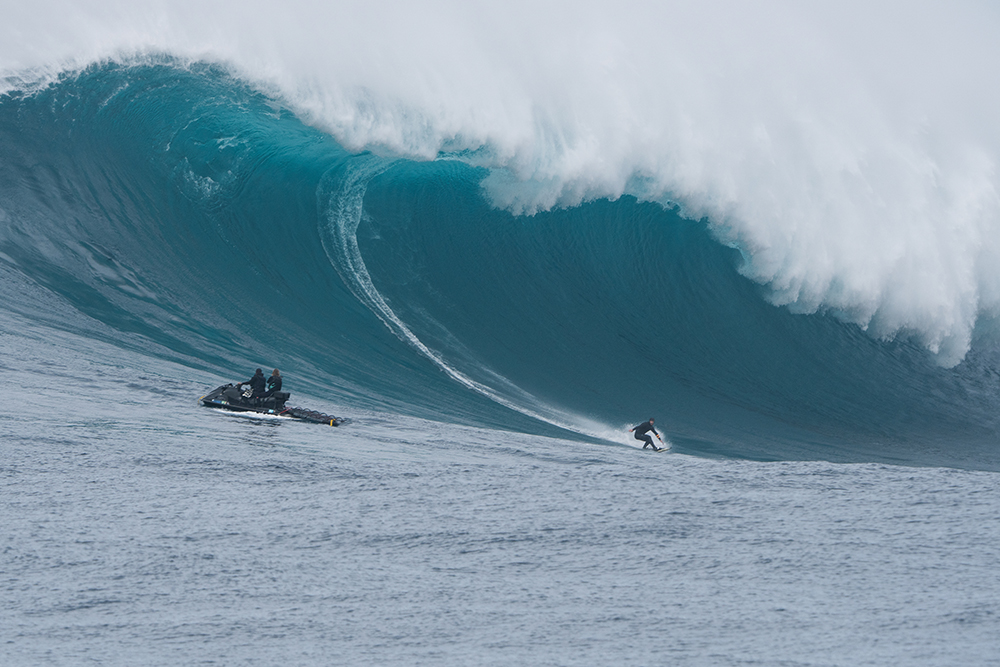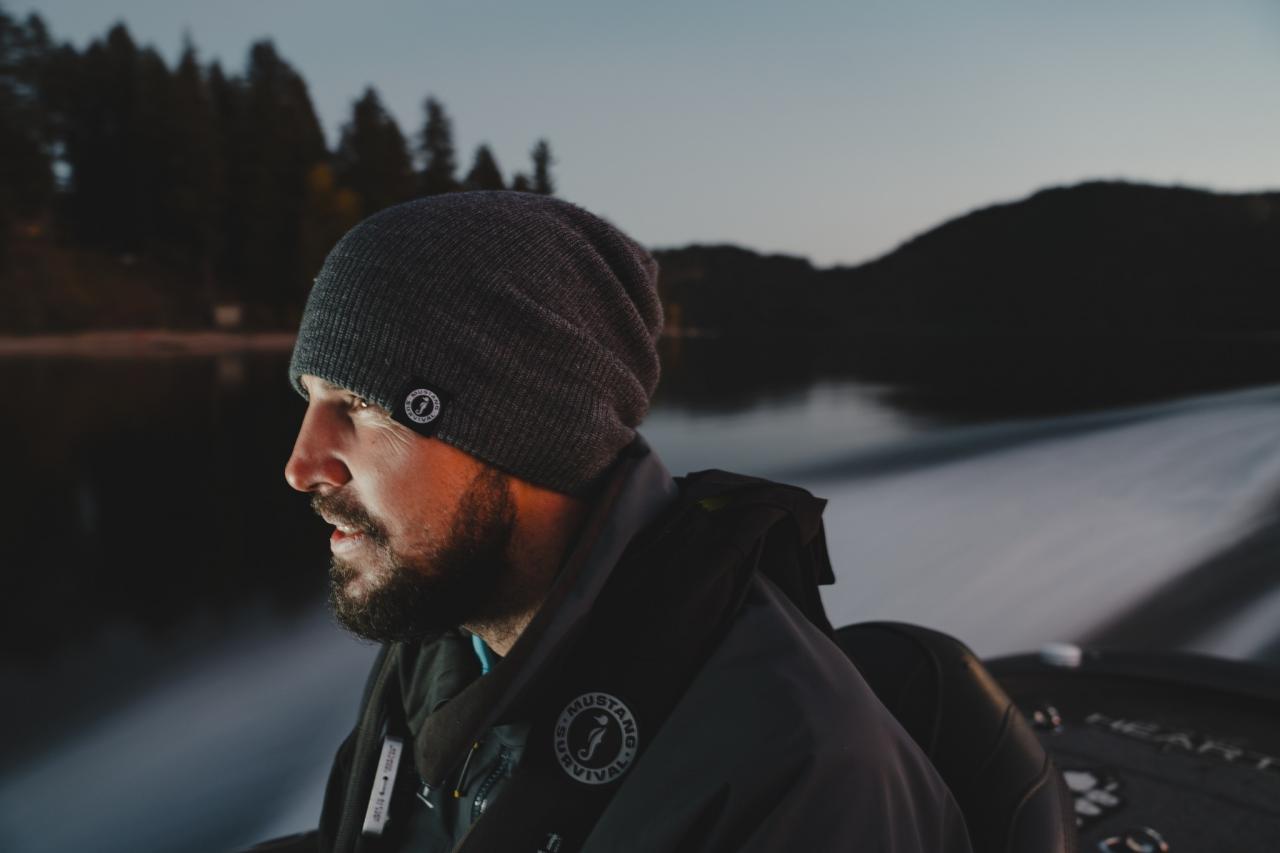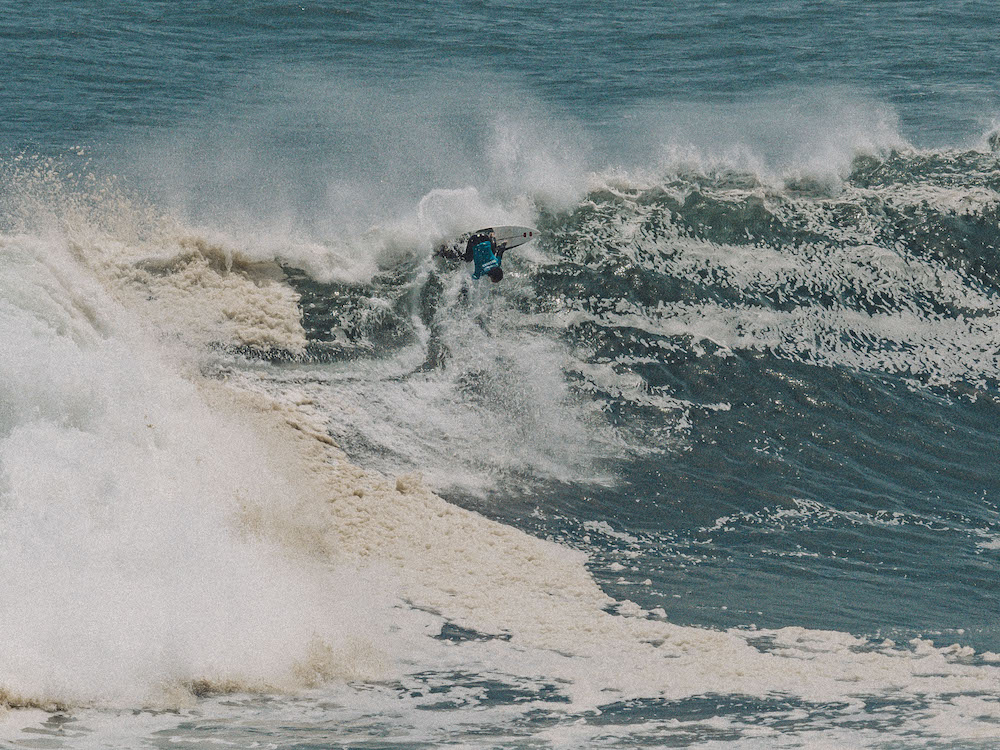A day after Hurricane Ian ripped through Southwest Florida and the water receded, I was able to step out of the building where my family and I were sheltered. Communication had been limited; we were unaware of what was happening beyond the view of our hurricane-safe windows. The multitude of military helicopters flying overhead to and from Sanibel Island suggested our area had been hit hard and people needed help.
Naïvely and selfishly, I initially thought we might need to postpone the Great Calusa Blueway Kayak Fishing Tournament. Then a few people got cell phone coverage and news trickled in about just how devastating the storm had been. It felt like my heart dropped when I finally realized my friends at Gulf Coast Kayak, who organize the tournament, may have lost their shop or even their lives when the hurricane made landfall Sept. 28, 2022, with 155 mph winds and gusts that were much stronger.
After managing a 190-mile paddling trail for several years, I have gotten to know and become friends with many people who work and live on the water. My thoughts jumped from one paddle outfitter to another and everyone I knew at marinas, parks, restaurants, hotels and homes all along the Calusa Blueway Paddling Trail in Lee County, Florida.
While many paddle outfitters had their fleets scattered for miles and structures were destroyed, the people I knew had survived. One outfitter had an extremely close call though. A 72-year-old board shaper and SUP instructor literally clung to his porch on a board for hours as six feet of storm surge roared through his home. He was lucky enough to have a stand up paddleboard he had just repaired stowed where he could reach it. I fear I would have lost a good friend if that board had been stored with the rest of his quiver outside.
Normally, I have what I consider the best job in the world, maintaining and promoting the Great Calusa Blueway Paddling Trail. The Blueway is filled with incredible wildlife, angling opportunities including legendary tarpon fishing, picturesque beaches, mangrove tunnels, and large shell mounds left behind by Florida’s first water people who were the indigenous Calusa. It is a dream job sharing all this and encouraging people to come paddle in our waters. But after Hurricane Ian, I found myself discouraging anyone from going out on the water. We did not want paddlers to interfere with rescue/recovery efforts or endanger themselves. Also, almost all paddlecraft access points were closed.
Slowly, during the following months, good news started coming in mainly through social media. One by one, outfitters restored their launches, retrieved their fleets, and got back to business. Parks had limited facilities, but many were able to reopen. Debris removal moved to the water. Houses, cars, large boats, docks, and anything else you can imagine were plucked from the mangroves. If mangroves weren’t my favorite trees before Ian, they are now! They trapped several tons of debris, keeping it from traveling farther inland and saving lives.
After launches reopened and large areas were cleared of major debris, local paddlers hit the water to help. Whether it was organized cleanups, clubs, outfitters, or just individuals with a trash bag or two, it seemed as though everyone wanted to be involved. Photos of kayaks and SUPs loaded down with debris flooded our social media. There were even a few photos of people standing on and paddling the trash itself! Partnerships between businesses, local governments, organizations such as Keep Lee County Beautiful, and volunteers was inspiring. I am grateful to have been a part of these recovery efforts.
Currently, while there are still paddlecraft cleanups happening, there is also a sense of a return to normalcy along much of the Calusa Blueway. While writing this article for Session Magazine, I received an email from the Tarpon Bay Explorers on Sanibel. They are seeing more manatees, dolphins, sharks and wading birds in the bay located within the J.N. “Ding” Darling National Wildlife Refuge. A quick visit to their Facebook page has me itching to get out there again as soon as possible.
Just up the island road from Tarpon Bay is the main entrance to the refuge. You can stop in and check out the free family-friendly interactive museum and then head out to Wildlife Drive. Birders and wildlife photographers arrive from around the world at low tide to capture shots of the wide variety of wading and shore birds feeding on the exposed flats. There are a few spots to launch a paddleboard or kayak from along the drive. Paddling here compares to gliding over a “touch tank” at an aquarium. One can see numerous stingrays, crabs, a variety of conchs, mullet and other fish just under the surface of the water. Manatees and dolphins occupy the deeper cuts. The only problem is if you spend too much time looking down, you miss the birds tip-toeing through the mangroves or soaring overhead.
Sanibel is just one of several barrier islands along the Calusa Blueway.
Another, Estero Island, is home to the Town of Fort Myers Beach. The storm surge from Hurricane Ian swept across this entire island taking with it boats, cars, homes and even the fishing pier. Oddly enough, the oldest house on Fort Myers Beach may have fared the best and was the launching point for a recent paddlecraft cleanup. The Mound House is built on top of a large shell mound. What had once been a small Calusa village, is now a park with a museum and paddle craft launch. While other parts of the island had 14-feet of storm surge and large boats were tossed into the mangroves, the Mound House only sustained about a foot of water and its dugout canoe next to the historic home barely moved. The Calusa knew what they were doing.
Their capital was a 110-acre island built entirely of shells in Estero Bay. Mound Key had water courts and a canal built for canoe travel and its 30-foot peak remains the highest point in all of Lee County. Visitors can paddle out to the island and hike up the hill, learning about the Calusa from the educational kiosks along the way. It’s an easy paddle to Mound Key from one of the Lovers Key State Park’s bayside launch sites. Some prefer to launch from another state park that was once the site of a cult. The Koreshans owned a large portion of Estero Island, Mound Key and the Village of Estero. Before the last cult member died in 1961, the land that is now Koreshan State Park and Mound Key were donated to the state. You can tour the buildings left behind by the cult, pitch a tent to camp, or paddle down the Estero River to Mound Key.
This is a small part of the magic of the Calusa Blueway. You can paddle down a jungle-like creek from a former cult village to an island made entirely by the Calusa. Or, you can paddle backwater and enjoy incredible birding and then cross over dunes for amazing sunsets on one of the greatest shelling beaches in the world. Homebase can be primitive camping, historic waterfront lodges, or full-scale beach resorts. The options along the trail can be as weird, challenging, or comfortable as you want them to be.
Soon people will be island camping and enjoying miles of open beaches at Cayo Costa State Park, the Fort Myers Fishing Pier will be rebuilt, and kayak anglers will be weighing in at 2024 Calusa Blueway Kayak Fishing Tournament. It’s all coming back.
Like the mangroves, the Great Calusa Blueway and Southwest Florida it will be stronger than ever.
**Inspired by the indigenous Calusas, the Great Calusa Blueway is a marked paddling trail meandering through the backwaters, mangrove creeks, and rivers of Lee County, Florida. Prospective paddlers can visit calusablueway.com or download the Great Calusa Blueway app for trail maps, marker GPS marker coordinates, outfitters’ information and paddling tips. Maps include paddle craft launches, points of interest, outfitters and amenities along the trail. Any further questions about the trail can be sent to mhammond@leegov.com.











